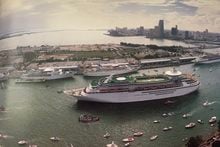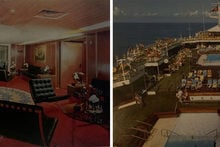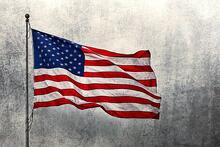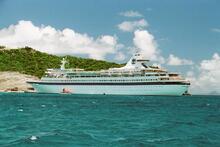Many exasperated cruise fans have openly wondered why the U.S. Centers for Disease Control and Prevention (CDC) has the authority to allow cruise ships to operate in the United States.
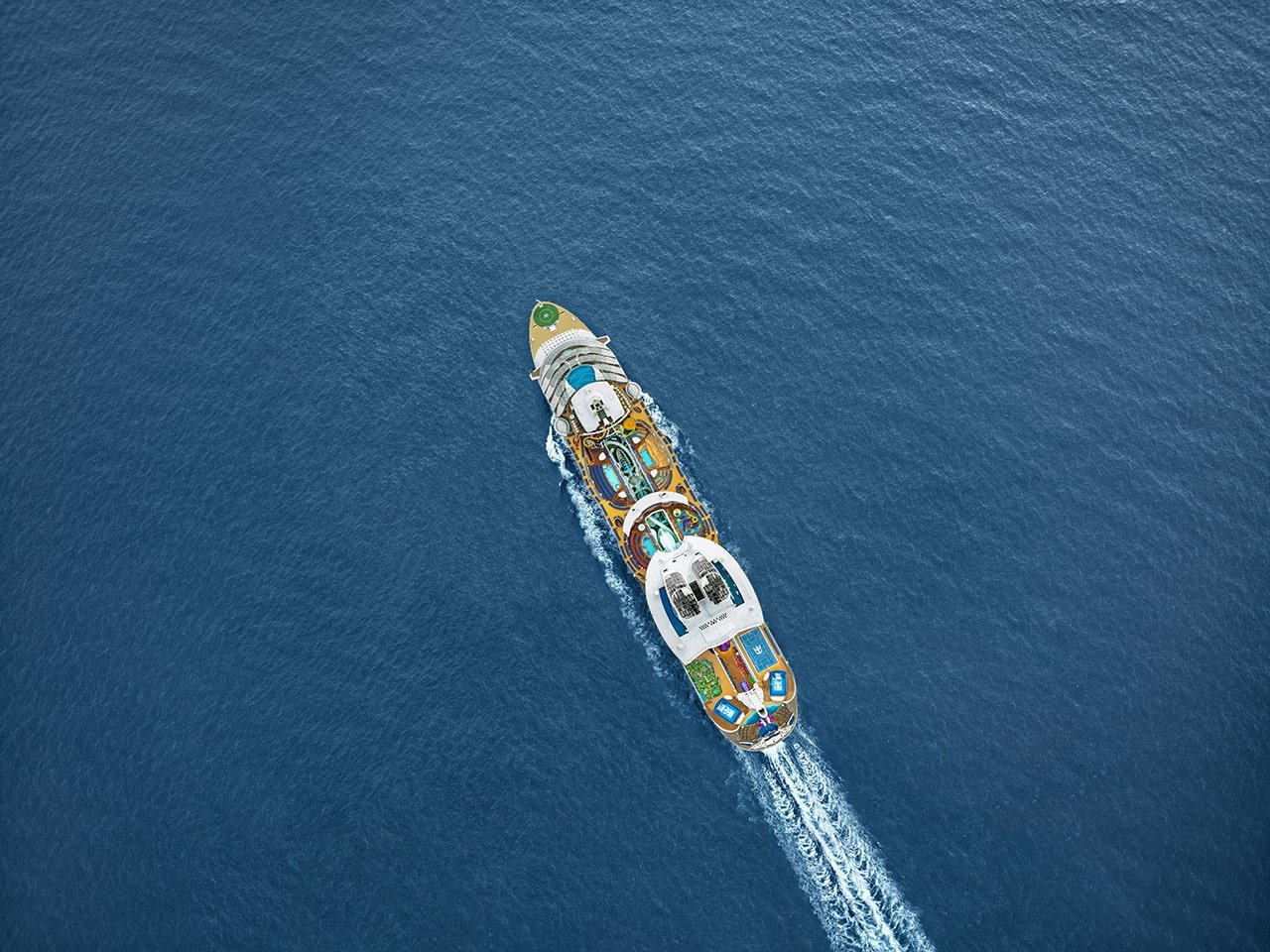
Since March 2020, the CDC has instituted a "No Sail" order and later a Conditional Sail Order that prevents cruise ships with customers onboard from operating in U.S. waters. Why does the CDC do this, and under what authority do they operate?
Public Health Service Act of 1944
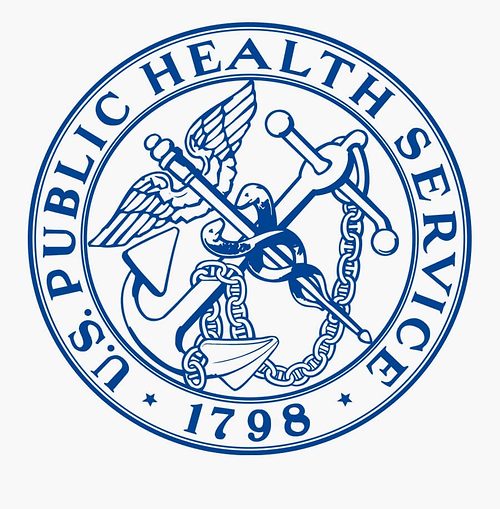
The origin of the CDC working with the cruise lines begins in 1944 with the passage of the Public Health Service Act into U.S. Federal Law.
This law gives the federal government the authority to quarantine for the first time, and it gave the United States Public Health Service responsibility for preventing the introduction, transmission and spread of communicable diseases from foreign countries into the United States.
The United States Public Health Service is comprised of a number of divisions within the Department of Health and Human Services, including the CDC.
Under section 361 of the Public Health Service Act (42 U.S. Code § 264), the U.S. Secretary of Health and Human Services is authorized to take measures to prevent the entry and spread of communicable diseases from foreign countries into the United States and between states.
The authority for carrying out these functions on a daily basis has been delegated to the Centers for Disease Control and Prevention (CDC).
Vessel Sanitation Program
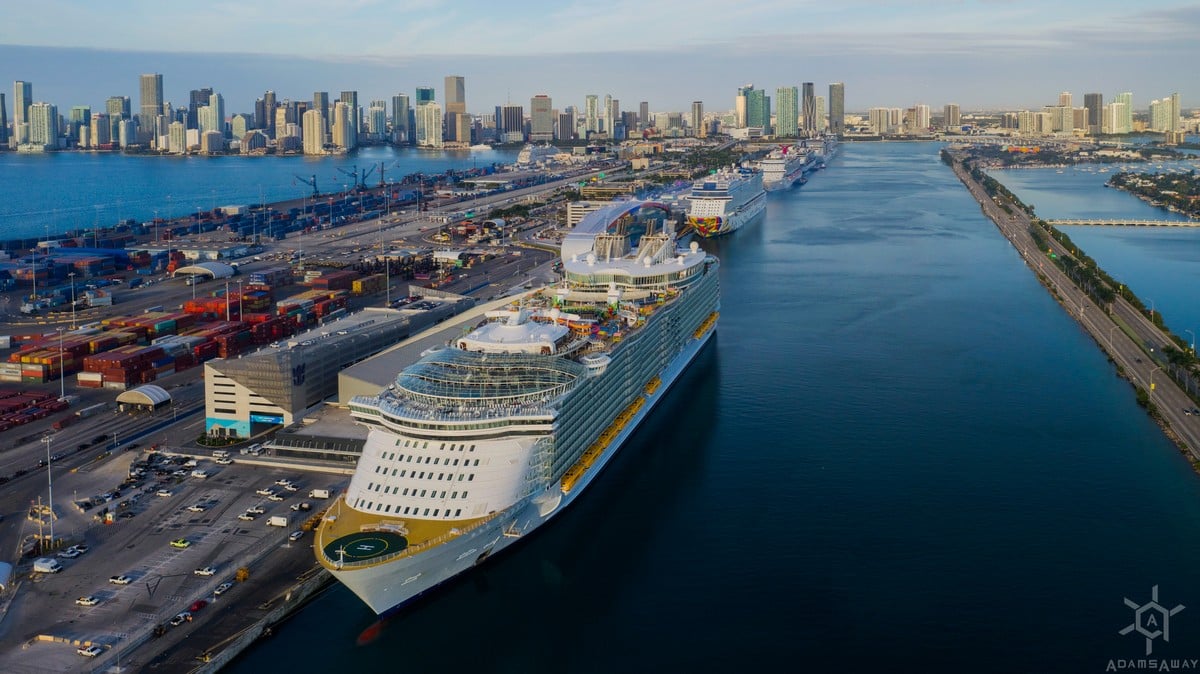
Fast-forward to the 1970s, when the CDC established the Vessel Sanitation Program (VSP) as "a cooperative activity with the cruise ship industry."
The VSP was created to develop and implement a comprehensive sanitation program in order to minimize the risk of gastrointestinal diseases. This goes back to the mission of the United States Public Health Service, which is to prevent the transmission and spread of communicable diseases from foreign countries. Cruise ships visit foreign countries, thus, the CDC acts on this.
The VSP operated continuously at all major U.S. ports from the early 1970's through 1986, when CDC terminated portions of the program.
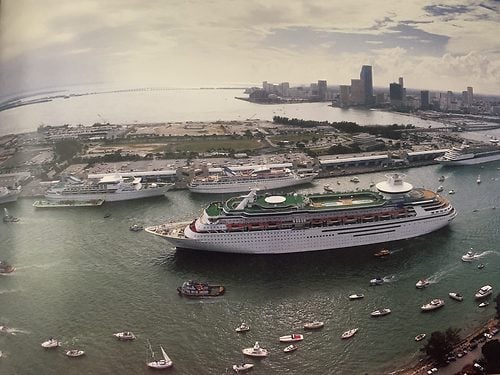
Pressure from the public and cruise industry resulted in the Congress compelling the CDC to resume the VSP. As a result, the National Center for Environmental Health (NCEH) at CDC became responsible for the VSP in 1986.
Since then, the CDC has played a key role in cruise ships being approved to sail in the United States, as it pertains to the health of passengers onboard its ships.
The No Sail Order
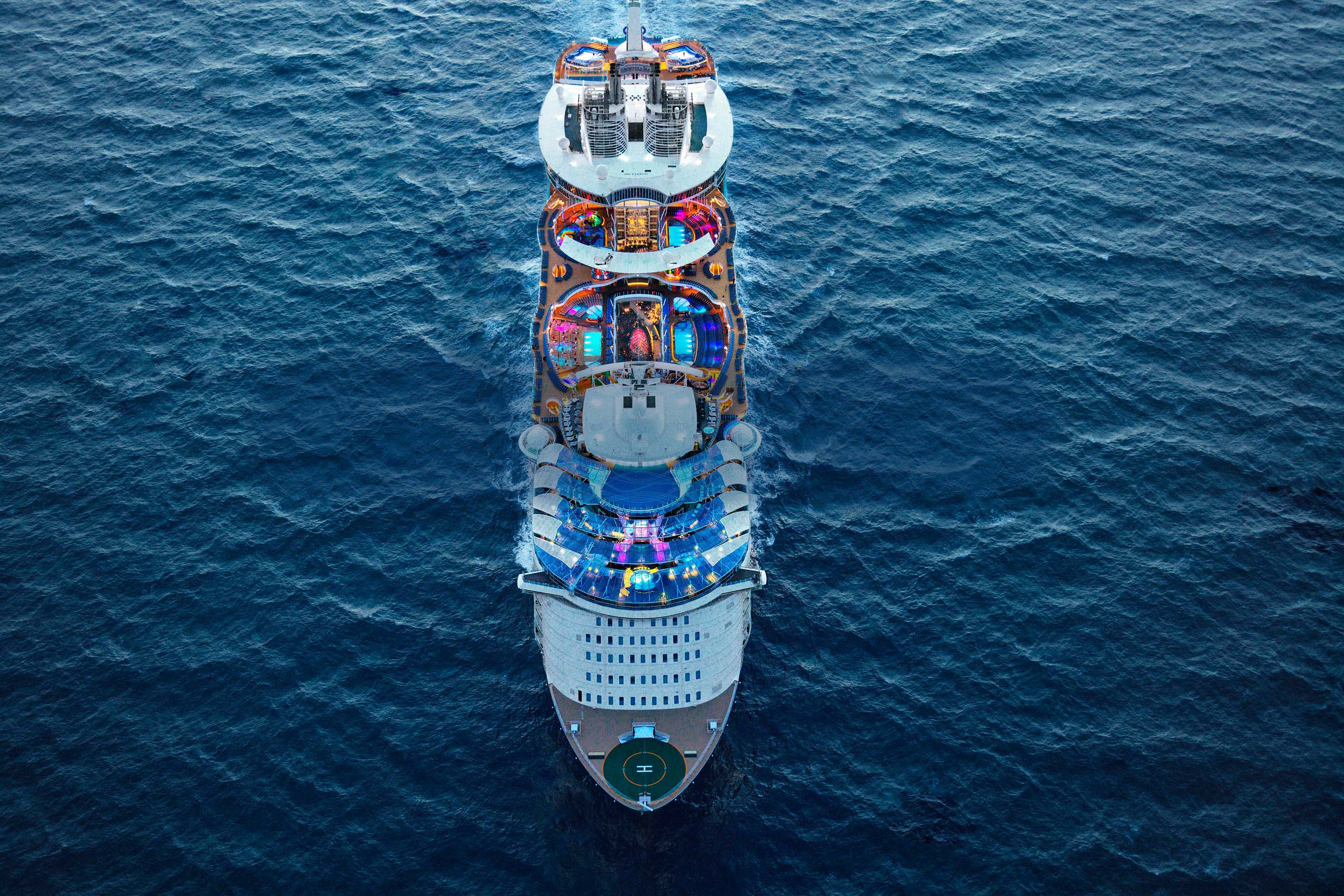
The "No Sail" Order was instituted by the U.S. Department of Health and Human Services (HHS) and the CDC under sections 361 and 365 of the Public Health Service Act.
These sections refer to the ability of HHS/CDC to create policies that "are necessary to prevent the introduction, transmission, or spread of communicable diseases from foreign countries into the States".
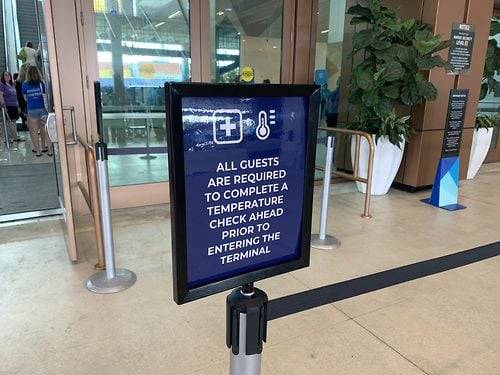
Initially, the "No Sail" Order was created following the Diamond Princess and Grand Princess cruise ships experienced outbreaks onboard those vessels in January 2020.
Since then, the CDC has spent an estimated 38,000 person-hours on cruise ship COVID-19 response since March 14, 2020.


